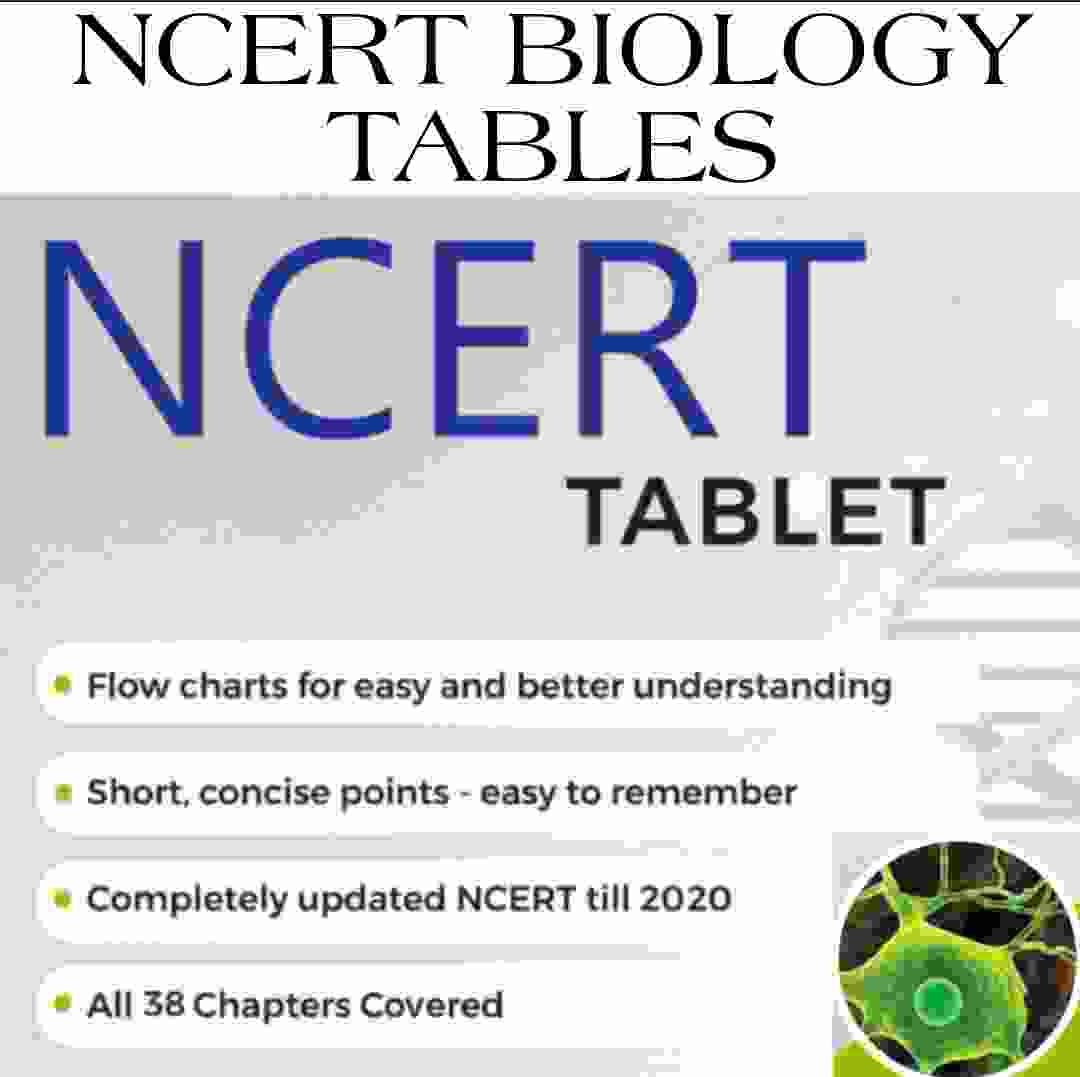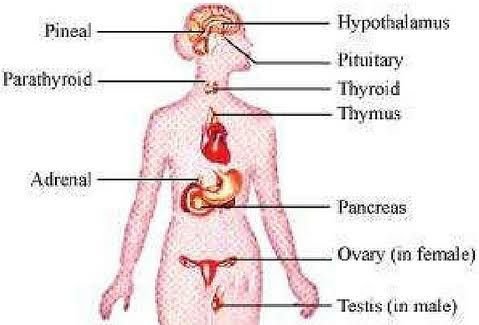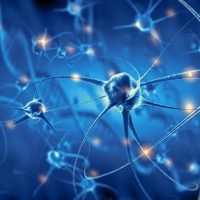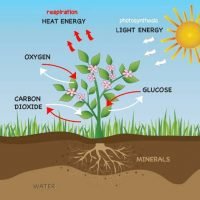Chemical Coordination and Integration MCQ totally based on NCERT and previous year questions with explained Answer Key for NEET and CBSE exams Preperation.
The Chemical Coordination and Integration MCQ are highly recommend must solve all these questions.
You can also find the answer Keys at the bottom of this page.

Chemical Coordination and Integration MCQ chapter is associated with Biology class 11 and Chapter 22.
Let’s start solving.
ALL THE BEST.
Chemical Coordination and Integration MCQ NCERT Important Questions For NEET
1) The name second messenger is given to?
a) ATP b) Cyclic AMP
c) GTP d) Both ATP and AMP
2) What is hormone?
a) Glandular secretion
b) Enzyme
c) Chemical messenger
d) Organic complex substance
3) Which is the inhibitory hormone of GH?
a) Insulin b) Parathormone
c) Somatostatin d) Testosterone
4) Which of the following hormones are produced in the hypothalamus and stored in the posterior pituitary?
a) FSH and LH b) ADH and oxytocin
c) TSH and STH d) ACTH and MSH
5) Which of the following is not necessarily a property of all hormones?
a) Information carrying
b) Secreted in low amounts
c) Short half-life
d) Protein in nature
6) The feedback control mechanism is related with?
a) Bile secretion
b) HCl secretion
c) Hormonal secretion
d) Hering breuer reflex
7) Who is the Father of Endocrinology?
a) Whittaker b) Einthoven
c) Pasteur d) T. Addison
8) Term hormone was coined by?
a) W. M. Bayliss b) E. H. Schally
c) E. H. Starling d) G. W. Harris
9) Receptors for protein hormones are located on?
a) In cytoplasm b) On cell surface
c) In nucleus d) On endoplasmic reticulum
10) Which of the following flows directly into blood from the seat of its production to act on a organ away from it?
a) Enzyme b) Hormone
c) Blood d) Lymph
11) Hormones may be?
a) Amino acid derivatives b) Peptides
c) Steroids d) All the above
12) Acromegaly results after adolescence due to excess production of one of the following hormones?
a) Prolactin b) Thyroxin
c) Insulin d) STH
13) An organ X has a large blood supply. It produces a hormone lack of which causes a disease called as cretenism. The cause is?
a) Excess growth hormone
b) Absence of insulin
c) Excess adrenalin
d) Hyposecretion of thyroid in childhood (Thyroxin)
14) Exophthalmic goitre’ (Grave’s disease) is caused due to?
a) Hypofunction of the thyroid
b) Hyperfunction of the thyroid
c) Hypofunction of the parathyroid
d) Hyperfunction of the parathyroid
15) Damage to thymus in a child may lead to?
a) Loss of cell mediated immunity
b) A reduction in the haemoglobin content in blood
c) A reduction in the amount of plasma proteins
d) Loss of antibody mediated immunity
16) Depict the correct site of hormone?
a) α – glucagon, β – insulin, δ – somatostatin
b) α – insulin, β – glucagon, δ – somatostatin
c) δ – insulin, α – somatostatin, β – glucagon
d) α – somatostatin, β – insulin, δ – glucagon
17) Glycosuria is the condition, where a man?
a) Eats more sugar
b) Excretes sugar in urine
c) Sugar is excreted in faeces
d) Has low sugar level in blood
18) Cortisol is secreted by the adrenal cortex in response to stress. In addition to its function in stress response, it functions in negative feedback by?
a) Inhibiting the hypothalamus so that corticotropin releasing hormone (CRH) secretion is reduced
b) Inhibiting the anterior pituitary’s ability to respond to CRH by reducing the pituitary’s sensitivity to CRH
c) Both (a) and (b) are correct
d) None of these
19) RAAS secretes which of the following hormone?
a) Mineralocorticoids
b) Glucocorticoids
c) Both (a) and (b)
d) None of these
20) Fight-or-flight reactions cause activation of?
a) The adrenal medulla, leading to increased secretion of epinephrine and norepinephrine
b) The pancreas leading to a reduction in the blood sugar levels
c) The parathyroid glands, leading to increased metabolic rate
d) The kideny, leading to suppression of
reninagiotensin aldosterone pathway
21) A person passes much urine and drinks much water but his blood glucose level remain normal. This condition may be the result of?
a) A reduction in insulin secretion from pancreas
b) A reduction in vasopressin secretion from posterior pituitary
c) A fall in the glucose concentration in urine
d) An increase in secretion of glucagon
22) Which one of the following hormone never reaches to cytoplasm?
a) Estrogen b) FSH
c) Progesterone d) Testosterone
23) Which of the following does not secrete any hormones?
a) Liver / spleen b) Pancreas
c) Testes d) Thymus
24) _ is a globular protein of ~ 6 kDa consisting of 51 amino acids, arranged in 2 polypeptide chains held together by disulphide bridge?
a) Insulin b) Keratin
c) Glucagon d) Fibrinogen
25) Most of the contraceptive pills contain?
a) Estrogen + FSH
b) Progesterone + LH
c) FSH + LH
d) Oestrogen + progesterone
26) Insulin increases glucose uptake in all the following structures except?
a) Cardiac muscle b) Skeletal muscle
c) Adipose tissue d) Intestinal mucosa
27) The secretion of aldosterone by adrenal cortex is directly controlled by?
a) Plasma K+ concentration
b) Plasma Ca concentration
c) Level of blood angiotensin
d) a and c are correct
28) Angiotensin is derived from plasma protein “angiotensinogen” by the action of renin and other nervous stimuli. Angiotensin stimulates the following?
a) Thyroid b) Adrenal
c) Ovary d) Thymus
29) The hormones that initiate ejection of milk, stimulates milk production and growth of ovarian follicles are respectively known as?
a) PRL, OT and LH
b) OT, PRL and FSH
c) LH, PRL and FSH
d) PRH, OT and LH
30) The mineralocorticoid hormone of the adrenal cortex which causes the Na retention and K excretion is?
a) Corticosol b) Corticosterone
c) Progesterone d) Aldosterone
31) Pineal body originates from?
a) Dorsal part of diencephalon
b) Ventral part of diencephalon
c) Ventral part of cerebellum
d) Dorsal part of cerebellum
32) According to recent knowledge, the pineal body is considered as?
a) A vestigeal organ
b) An organ of intelligence
c) An endocrine gland
d) An organ of involuntary action
33) One of the following endocrine gland functions as a biological clock and a neurosecretory transducer?
a) Pineal b) Pituitary
c) Thymus d) Hypothalamus
34) In a pregnant woman having prolonged labour pains, if child birth has to be hastened i.e to aid parturition, it is advisable to administer a hormone that can?
a) Activate the smooth muscles
b) Increase the metabolic rate
c) Release glucose into the blood
d) Stimulate the ovary
35) Which one of the following statement about sex hormones is correct?
a) Testosterone is produced by Leydig cells under the influence of luteinizing hormone (LH)
b) Progesterone is secreted by corpus luteum and soften ligaments during child birth
c) Estrogen is secreted by birth Sertoli cells and corpus luteum
d) The progesterone produced by corpus luteum is biologically different from the one produced by placenta
36) Testosterone, a hormone responsible for the development of secondary sexual characteristics in male is produced by the?
a) Spermatogonia
b) Seminiferous tubules
c) Anterior lobe of the pituitary
d) Cells that lie between seminiferous tubules
37) Parathormone influences calcium absorption in the small intestine by regulating the metabolism of?
a) Vitamin C
b) Vitamin D
c) Vitamin B_6
d) Enterogasterone
38) Signal from fully developed foetus and placenta ultimately lead to parturition (child birth) which requires the release of?
a) Estrogen from placenta
b) Oxytocin from maternal pituitary
c) Oxytocin from foetal pituitary
d) Relaxin from placenta
39) Progesterone hormone is secreted by?
a) Corpus luteum b) Corpus callosum
c) Corpus uteri d) Corpus albicans
40) Progesterone is?
a) An enzyme for digesting proteins
b) A hormone to initiate uterine contraction during child birth
c) An amino acid which may cause alcaptonuria
d) A hormone concerned with retention and growth of pregnancy

Chemical Coordination and Integration MCQ NCERT Important Questions For NEET – ANSWER KEYS
1) B. Cyclic AMP and GMP act as intracellular mediators and affect the cell metabolism in various ways. According to the second messenger theory given by Sutherland the 1st messenger is hormone
itself and the 2nd messenger is cyclic AMP.
2) C. Hormone is a chemical messenger produced by endocrine glands and secreted directly into the blood stream to exert a specific effect on a distant part of the body.
3) C. Somatostatin is inhibitory to GH
4) B. ADH and oxytocin synthesize in hypothalamus
5) D. Hormone do not belong to a single chemical group but are varied in their composition is polypeptide, proteins, amines or steroid.
6) C. Hormonal secretion
7) D. The father of endocrinology is Thomas Addison. The first endocrine disease reported was Addison’s disease caused by destruction of adrenal cortex.
8) C. Starling (1905) first used the term hormone for internal secretion.
9) B. The molecules of amino acid derivatives, peptides or polypeptide (protein) hormones bind to specific receptor molecules located on the plasma membrane of target cells.
10) B. Hormones
11) D. Hormones comosition can be polypeptide proteins, amines or steroid.
12) D. Growth hormone or somatotropin, also known as human growth hormone in its human form, is a peptide hormone that stimulates growth, cell reproduction, and cell regeneration in humans and other animals. It is thus important in human development. Acromegaly characterized by abnormal elongation of limbs and lower jaw, giving gorilla like appearance and kyphosis protruding bony ridge over the eyes. It occurs kyphosis protruding bony ridge over the eyes. It occurs due to oversecretion of STH in adult.
13) D. Hyposecretion of thyroxine during the growing years of birth is called childhood hypothroidism or cretinism. Two important symptoms are dwarfism and mental retardation also.
14) B. Exophthalmic goitre (Grave’s disease) is hyperthyroidism. Eye balls protrude due to accumulation of mucus in eye orbits metabolic rate is abnormally high.
15) A. Loss of cell mediated immunity
16) A. α – glucagon, β – insulin, δ – somatostatin
17) B. Excretes sugar in urine
18) C. Both (a) and (b) are correct
19) A. Mineralocorticoids – Aldosterone
20) A. In fight or flight reactions, emergency hormones are secreted by adrenal medulla.
21) B. Diabetes insipidus : Vasopressin reduces the excretion of water in urine by promoting its reabsorption from DCT. When vasopressin is released in lesser amounts, diuresis increases.
22) B. FSH is membrane receptor bound hormone
23) A. Liver/spleen
24) A. Insulin
25) D. Oestrogen + progesterone
26) D. Intestinal mucosa
27) D. Aldosterone secretion by the zona glomerulosa of the adrenal cortex is controlled by circulating factors including the renin angiotensin system (RAS) and potassium.
28) B. Adrenal cortex for aldosterone release
29) B. OT, PRL and FSH
30) D. Mineralocarticoids hormone are 21-carbon steroids secreted by the cells of zona glomerulosa of adrenal cortex. The principal mineralcorticoid is aldosterone. It is a salt retaining hormone”. It upgrades sodium ion concentration in the ECF by promoting reabsorption of soidum ions from renal tubules and excretion of potassium ions in urine. Conn’s disease is characterized by rise in blood volume and pressure and is caused due to over secretion of aldosterone.
31) A. Pineal gland is an endocrine organ, it is located on the roof of diencephalon.
32) C. Previously Pineal body was considered vestigeal of 3rd eye earlier but now has been confirmed to be endocrine gland.
33) A. Pineal
34) A. Activate the smooth muscles
35) A. Testosterone is produced by Leydig cells under the influence of luteinizing hormone (LH)
36) D. Cells that lie between seminiferous tubules – Leydig cells
37) B. Vitamin D
38) B. Oxytocin causes contraction of the smooth muscles of myometrium forcing the foetus out of the uterus. Oxytocin is also involved in ejection of milk, but not lactation (actual production of milk) for milk to be produced, prolactin must be present.

39) A. Progesterone is a principal female sex hormones. It is a steroid. It is secreted during the later half of the mentrual cycle in human female by temporary endocrine tissue, the corpus luteum. The luteinizing hormone (LH) of anterior pituitary brings about a rupture of the graafian follicle to
release the ovum, and changes the ruptured follice into a yellow structure called corpus luteum, which secrets progesterone.
40) D. A hormone concerned with retention and growth of pregnancy



















